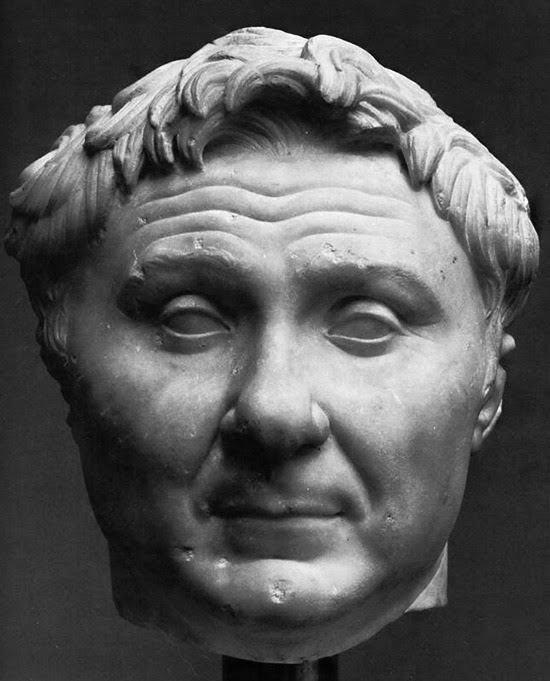I think it's a characteristic ancient roman/italic look (and probably etrurian, too); Raggi has always looked genuinely roman/latin to me.
Her surname sounds somehow northern, anyway Rome was repopulated in the late middle ages (or maybe even later, I don't remember) with people from Tuscany. The impact of tuscan migration was so strong that it even contributed to modify the local dialect, that was more similar to modern day neapolitan back then (roman is considered a "central" dialect now).
Back in topic, her square face is a reduced CM (alpinid) influence in my opinion, in a solid mediterranean framework (nose and head shape, and minor characteristics here and there). She's very typical in the roman area: gracile mediterranean brunettes with slight alpine are common. I think it's the result of central european inputs of the indoeuropean invaders (italics) blending with the pre-existing mediterranean, post-neolithic population of ancient Italy (that represent the dominant part, even in autosomal dna).
About the french girl, the central european influences seem more accentuated to me,
she'd pass easily here in my Liguria and sorrounding regions (but also in Rome, naturally).










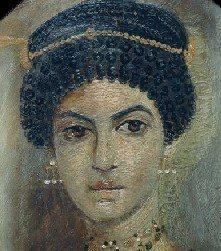
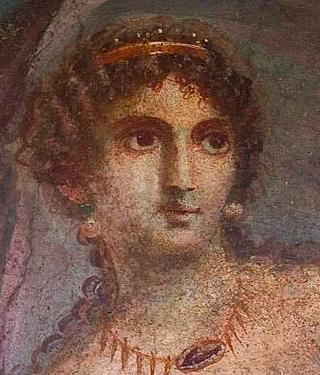

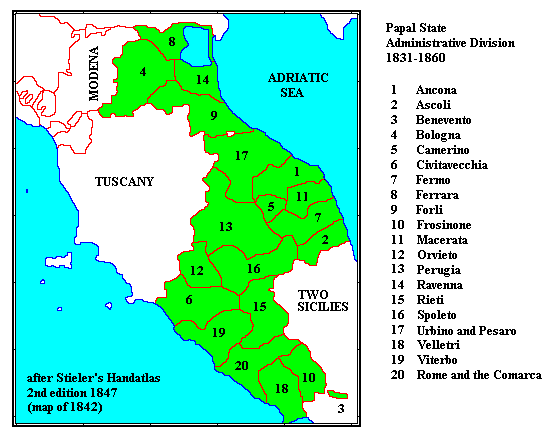



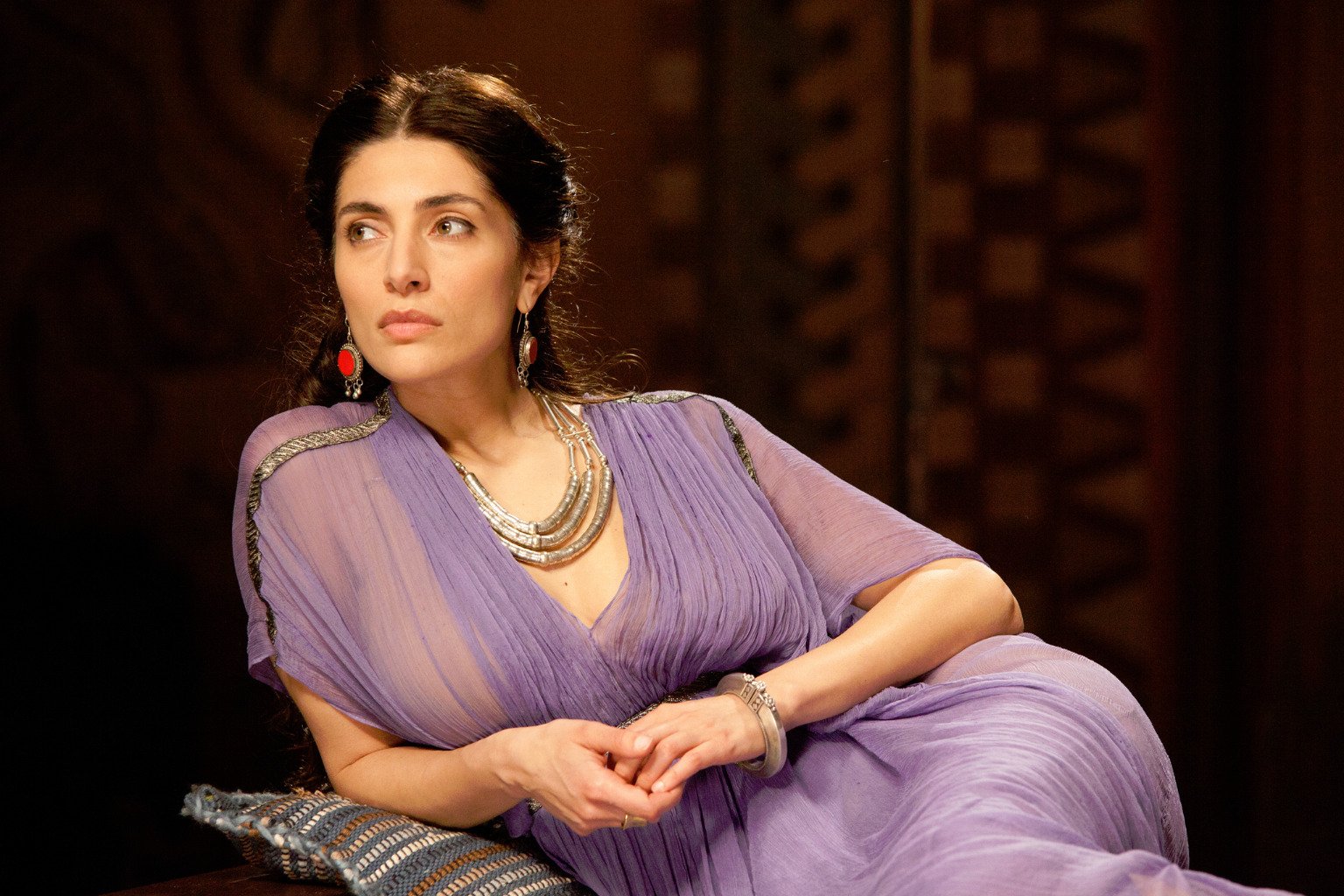




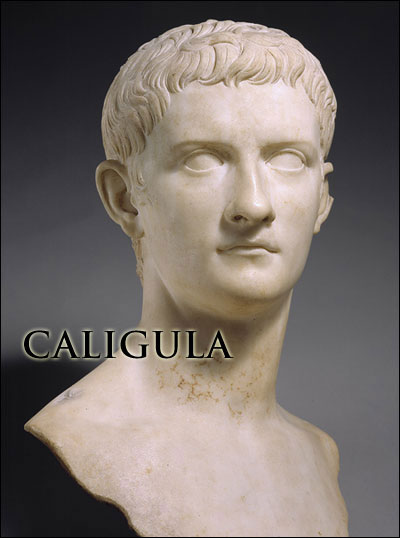


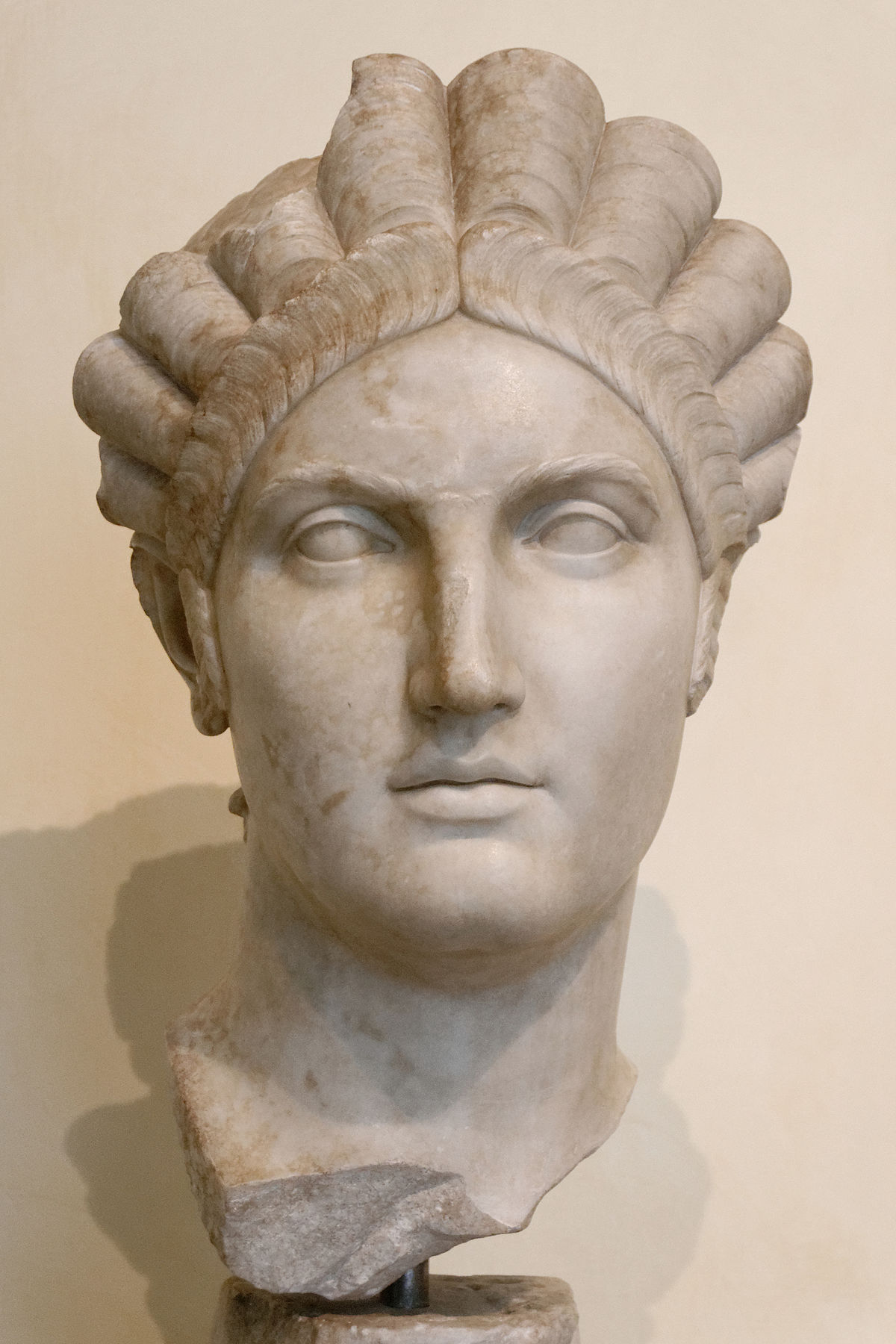
_01.jpg/220px-Vibia_Sabina_(Villa_Adriana)_01.jpg)
